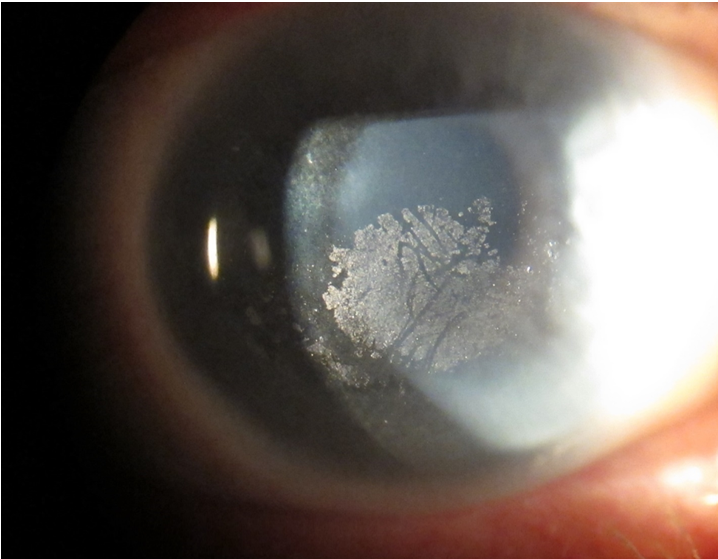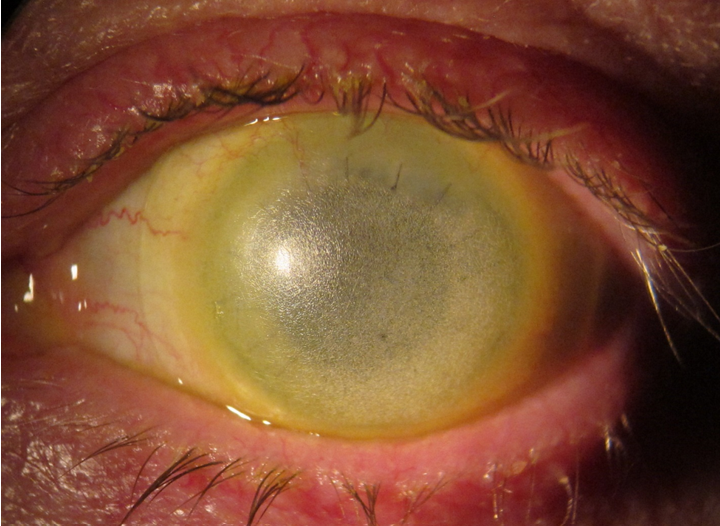How often should your patients be replacing their lenses? How often are they actually replacing lenses? A scleral lens center at a tertiary eye hospital reviewed their replacement rates of different disease populations. They retrospectively examined the records of 251 patients with 445 eyes that wore scleral lenses.
Demographics of patients:
Records of patients fit by one optometrist during the course of one year included 120 men and 131 women. The age of these 251 patients ranged between 9-93 years and the average was around 57 years old. Of the 445 eyes, there were 227 right eyes and 218 left eyes that were included. The diagnoses were split between irregular corneas (199 eyes) and ocular surface disease (246 eyes).
What was the replacement period?
The average replacement period for scleral lenses in this study was 23.9 ± 14.3 months. Basically, every two years these patients were replacing their lenses. There was no statistically significant difference in replacing the lenses based on the underlying condition, sex, lens brand or lens diameter. Interestingly, the more experience a patient had with wearing a scleral lens, extended their replacement by one month for every year of experience. The average number of lenses that were replaced per patient was 2.16 which suggests that modifications were rarely needed.
What does this mean for you?
There are a variety of reasons to replace scleral lenses; warpage and surface scratches build up with regular wearing, refractive changes may occur between follow ups, and the fit may need modifications over time. Even though these results are from a tertiary hospital and the disease states may differ from your patients in practice, there was no difference shown by disease state in the replacement schedule findings. It is especially important to routinely follow up with patients who wear scleral lenses. Oftentimes, if they are comfortable and seeing well, they may not return semi-annually or annually for their appointments depending on your preferred scheduling. Deposits (Figure 1) and lens crazing (Figure 2) can affect their vision and comfort.
At Visionary Optics, we are pleased to offer you a Patient Retention Report that is sent to your practice the first Monday of every month. This report lists the names of patients wearing Visionary Optics’ lenses that have not been replaced in over a year. Please feel free to reach out to Consultation or Customer Service if you have any questions.
Pritikin E, Rodman J, Chiu GB. Average Scleral Lens Replacement Period at a Tertiary Care Hospital. Eye Contact Lens. 2023 Oct 1;49(10):422-427. doi: 10.1097/ICL.0000000000001019. Epub 2023 Jul 27. PMID: 37498983.
Figure 1. This is an example of lens deposits. The patient may complain about “fogging.” It is important to determine if the fogging is related to the front surface or in the chamber. Old lenses are prone to deposits over time that may be difficult to remove by cleaning. (Image courtesy of Greg DeNaeyer, OD, FAAO, FSLS)
Figure 2. This is an example of lens crazing. This phenomenon occurs with older lenses and the process of crazing is not reversible. (Image courtesy of Greg DeNaeyer, OD, FAAO, FSLS)



